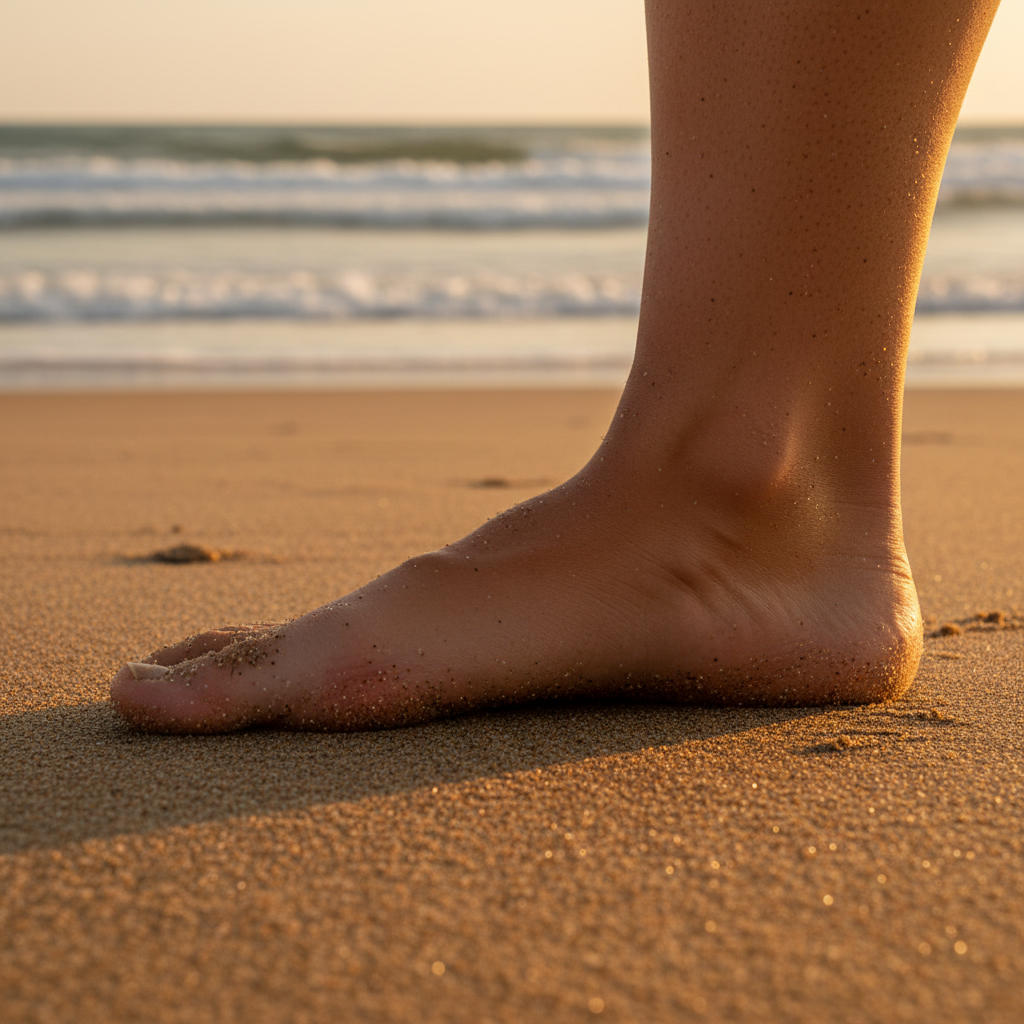Flat feet, also known as fallen arches, occur when the arch of the foot collapses or never fully develops. While some people experience no symptoms, others struggle with foot pain, ankle instability, or problems that extend up into the knees, hips, and back. Traditional treatments often focus on orthotics or bracing, but today’s advances in regenerative medicine offer new hope for patients looking to strengthen and restore function naturally — without relying on surgery.

Yes. Many patients find relief through supportive shoes, orthotics, physical therapy, and regenerative medicine — all without the need for invasive procedures.
Regenerative therapies target weakened tendons and ligaments, particularly the posterior tibial tendon, to restore arch support and reduce pain.
No. Orthotics help relieve symptoms and improve alignment, but they don’t strengthen the damaged tissues that cause flat feet. That’s why regenerative treatments are often recommended.
Yes. Flat feet can alter gait mechanics, leading to pain in the ankles, knees, hips, and lower back if left untreated.
Some patients notice improvement within weeks, while others may require a few months as the body’s natural healing processes rebuild and strengthen tissue.
If flat feet are causing pain, swelling, or difficulty with daily activities, it’s time to see a specialist. Early treatment helps prevent further damage and long-term complications.